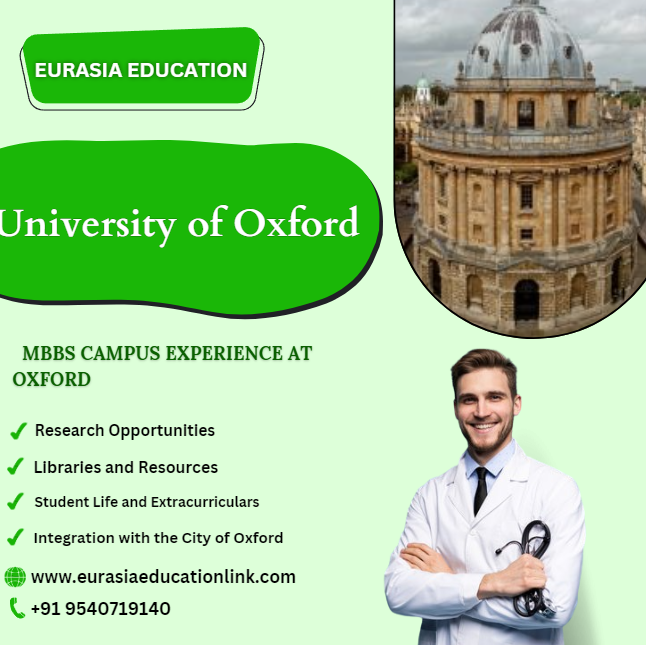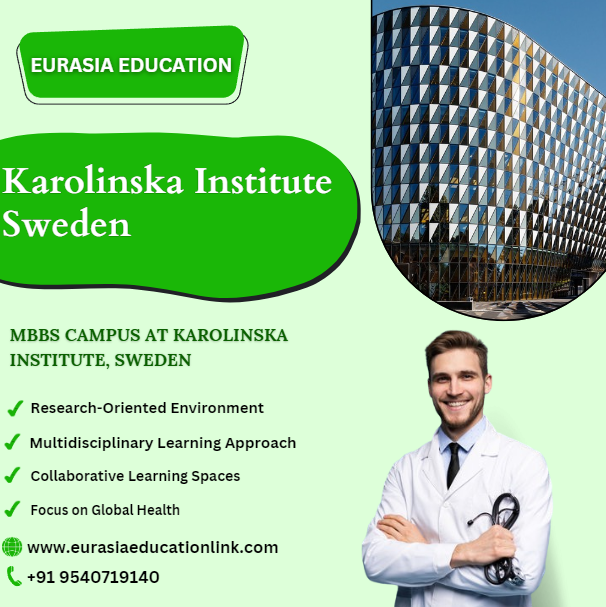The University of Edinburgh is renowned globally for its exceptional medical education, with its MBBS program being one of the most prestigious and sought-after in the UK. The MBBS (Bachelor of Medicine, Bachelor of Surgery) at the University of Edinburgh is known for its rigorous academic curriculum, world-class facilities, and a campus that fosters both intellectual growth and personal development. Here’s a detailed look at what makes the MBBS campus at the University of Edinburgh so remarkable:
1. Historical Significance and Prestige
The University of Edinburgh Medical School, founded in 1726, is one of the oldest medical schools in the English-speaking world. It has a long history of producing distinguished alumni, including several Nobel laureates, pioneering researchers, and influential medical professionals. The campus is steeped in history, with several historic buildings that have witnessed centuries of medical advancements, making it a place of inspiration for students.
2. Cutting-Edge Facilities
The MBBS campus at the University of Edinburgh is equipped with state-of-the-art facilities that cater to the diverse needs of medical students. The Chancellor’s Building, located at Little France, is a modern, purpose-built facility that houses lecture theaters, seminar rooms, and computer labs, all equipped with the latest technology. The building also includes a clinical skills center where students can practice and refine their medical skills in a simulated environment before applying them in real-world clinical settings.
3. Edinburgh Medical Library
A crucial resource for MBBS students is the Edinburgh Medical Library, one of the most comprehensive medical libraries in the UK. The library offers an extensive collection of medical textbooks, journals, and digital resources that support the curriculum and provide students with the information they need for their studies and research. The library also provides quiet study areas and group study rooms, making it an ideal place for students to engage in both independent and collaborative learning.
4. Royal Infirmary of Edinburgh
The Royal Infirmary of Edinburgh, one of the main teaching hospitals affiliated with the University of Edinburgh, is located near the MBBS campus. This world-renowned hospital offers students the opportunity to gain hands-on clinical experience in a wide range of medical specialties. Under the supervision of experienced clinicians, students participate in patient care, learning how to apply their theoretical knowledge in real clinical settings. The proximity of the hospital to the campus ensures that students can seamlessly integrate their academic learning with clinical practice.
5. Anatomy Department
The Anatomy Department at the University of Edinburgh is one of the best in the world, offering MBBS students unparalleled access to anatomical studies. The department is housed in the historic Old Medical School building and features a vast collection of anatomical specimens. The University’s commitment to excellence in anatomical education is evident in its well-preserved dissection rooms, where students gain hands-on experience that is crucial for their medical training. The department also uses advanced imaging technologies to complement traditional teaching methods, providing a comprehensive understanding of human anatomy.
6. Simulated Learning Environments
The University of Edinburgh places a strong emphasis on simulated learning as a critical component of its MBBS program. The Clinical Skills Centre is equipped with high-fidelity mannequins and advanced simulation tools that allow students to practice a wide range of medical procedures in a controlled environment. These simulations cover everything from basic clinical skills to complex emergency scenarios, helping students build confidence and competence before they encounter real patients.
7. Interdisciplinary Learning
The MBBS campus at the University of Edinburgh promotes interdisciplinary learning, allowing medical students to collaborate with peers from other health-related disciplines. This collaborative approach is facilitated through various joint courses and shared facilities, such as the Edinburgh BioQuarter, where medical students work alongside researchers and professionals from different fields. This interdisciplinary exposure is vital for developing a holistic understanding of healthcare and preparing students for collaborative practice in their future careers.
8. Research Opportunities
The University of Edinburgh is a research-intensive institution, and its MBBS program reflects this focus on research excellence. Students are encouraged to engage in research projects throughout their studies, with access to cutting-edge laboratories and research facilities. The university’s strong ties with research institutes, such as the Edinburgh Cancer Research Centre and the Centre for Cardiovascular Science, provide students with opportunities to participate in groundbreaking research, contributing to the advancement of medical science.
9. Supportive Learning Environment
The University of Edinburgh offers a supportive learning environment for its MBBS students. The campus provides various student services, including academic advising, mental health support, and career counseling. The university also has a dedicated medical school student association that organizes social events, peer mentoring programs, and extracurricular activities, helping students balance the demands of their studies with a fulfilling campus life.
10. Cultural and Social Life
Edinburgh is a vibrant city with a rich cultural scene, and the MBBS campus is situated in close proximity to many of the city’s cultural landmarks, including the National Museum of Scotland and the Edinburgh Festival Theatre. Students have the opportunity to engage in a wide range of cultural and social activities, from attending world-class performances during the Edinburgh International Festival to exploring the city’s historic sites. The campus itself is a hub of student life, with numerous clubs, societies, and events that provide a well-rounded university experience.
Conclusion
The supportive campus environment, combined with the cultural richness of Edinburgh, ensures that students not only receive an outstanding education but also enjoy a fulfilling and enriching university experience.















